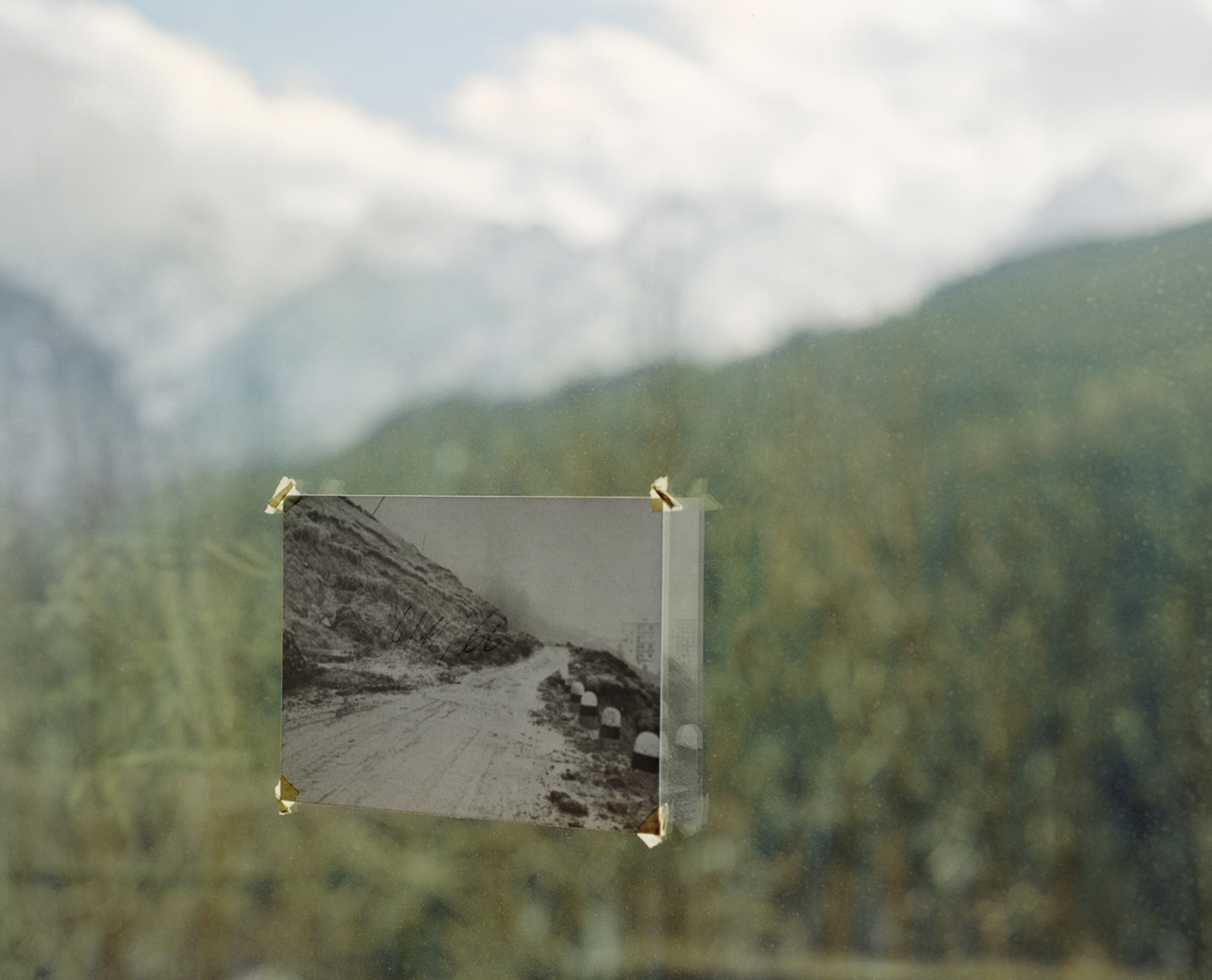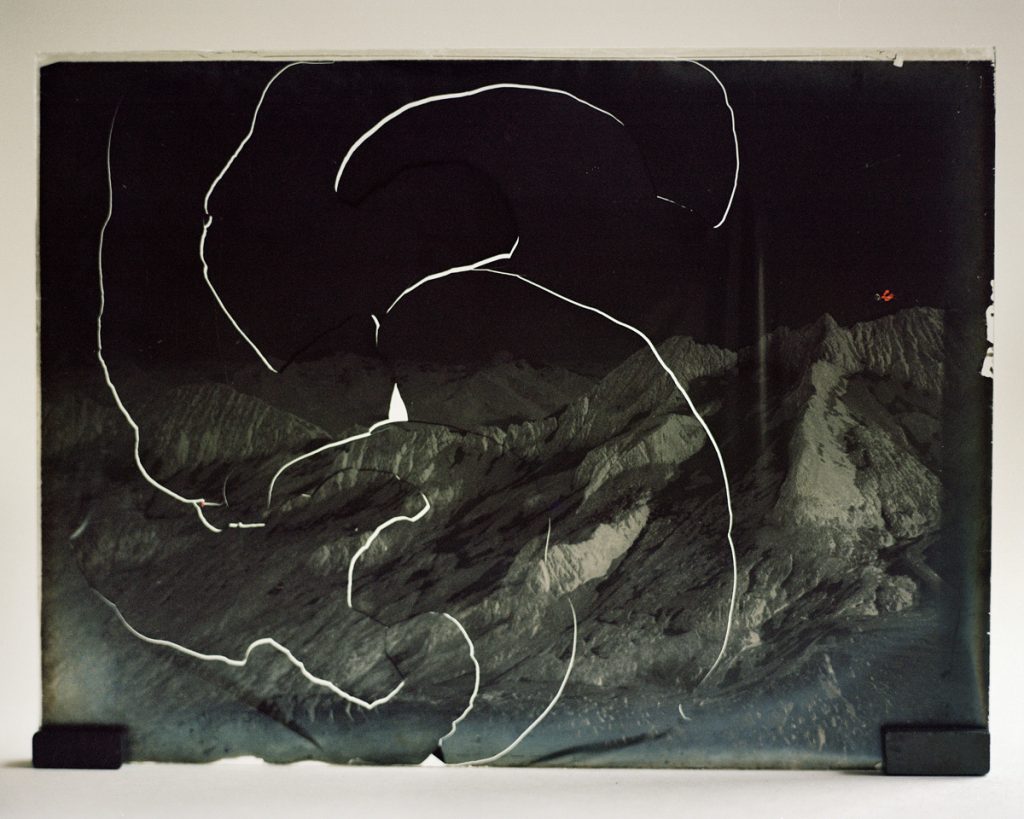CAMERA FUTURES | Interview with Marina Caneve
Emerging talents of contemporary photography

“I find inspiration in things that I don’t understand, and, in this sense, I see photography as a way of giving shape” she explains. With her work Caneve tries to face aspects of our existence that seem so big and prominent that the individual can only adapt; she is interested in complexity and contamination.
In this interview, Marina talks about her inspirations and career:
Can you tell us a little bit about your inspirations? Which themes do you often work with?
I’m deeply interested in complexity and exploring how our knowledge is shaped, the way we perceive and our attempts to grasp things. And, again, to grasp things that apparently are on one side too big to be depicted, on the other so prominent that people can hardly adapt.
I find inspirations in things that I don’t understand, and, in this sense, I see photography as a way of giving shape. I’m extremely triggered by the clash between magic and in the scientific, where poetry and concrete facts embrace themselves. Taking into account both these variables, I see each work as a piece of a mosaic, which perhaps will never be completed, and with which I am constantly confronted with different points of view and directions. It is no coincidence to realize that are the digressions more than the linear discourse to fascinate and inspire my work.
How do you see your relationship with the medium? How do you use photography to express your art?
Working on a project means to me developing a process that moves more or less from the source to the poem, to the rhythm, to the viewer, not necessarily in this order. What I mean is that thinking about a work means keeping in mind a series of variables, in which the final result finds a balance/rhythm especially between research and intuition/poetry.
My attitude towards photography is inspired by a principle that I found out studying a catalogue of a major photography exhibition that took place in 2003 at Tate in London. The exhibition was titled ‘Cruel and Tender’ and questioned the space of documentary photography in contemporary art. In one of the essays the author talks about Walker Evans’ tender cruelty attitude, where photography is empath-ic but not disenchanted and where it reigns a balance between engagement and estrangement. In that sense I am interested in a ‘realistic’ photography which explores the ambiguity that straddles concrete facts and potential moments of indeterminacy.
One more extremely important thing is that I always tend to work within an interdisciplinary approach both in the preliminary research and in the output.
Do you have any ongoing (or more recent) project that you would like to share with us?
I like very much to share my time between more projects although at a certain point always happens that one starts to be standing above the others. After finishing Are They Rocks or Clouds? (which is published by Fw:Books) in 2019, I started to explore again a project which I started in 2015 on freedom of movement. In order to approach this theme, I sought an entry that could help me to express my reflections but above all my perplexities. I found this entrance by discovering, and partly going through, an infrastructure of freedom: a network of bridges for animals designed to preserve biodiversity in Europe. I mention this project because from the first attempts to approach the idea it was extremely interdisciplinary in trying to make a cultural reflection on an organic way of imagining scenarios for the future. It touches very complex issues that for me are more and more important.
At the same time, almost a year ago I got a grant from the Mountain Museum in Turin for developing new work starting from their archives. It’s been a great challenge and I focused on contradictions. The work I made, Entre Chien et Loup, is currently exhibited in Turin and explores different discourses on the environment, cultural memories of the places and scenarios for the future making use of stereotypes that I found in the museum’s archive.
I would therefore define Entre Chien et Loup as a stratification of different experiences, where develops a path of entrances, windows, metaphorical peepholes, which gradually lead the viewer from one idea to another, calling into question issues of multiple declinations, from play to death, from everyday life to the climate crisis. The work forces us to move in an exploratory way of thinking through misunderstandings, confirmations and epiphanies, weaving a web of relationships between disciplines and ways of looking, inverting and confusing the roles between archive and landscape, construction and find, scientific and imaginary.
We have been facing a lot of challenges this year. How do you see this moment for art? Is it changing your practice?
Yes and no. During the lockdown and later I’ve been asked work for exhibitions reflecting on this specific condition and I ended up realizing I wasn’t so much interested in the pandemic but more in its origins which means in our relationship with the environment but actually this was a theme for me already before the pandemic itself. The only thing I keep on believing is that artists as first shouldn’t consider the option to not being engaged with what happens around us anytime and that can be done on so many ways and levels.
I ended up in exhibiting a work, The shape of water vanishes in water, which was made in 2018 and it touches the themes of searching for a balance while growing up and the environment at risk.
Giorgio Agamben in a lecture at the IUAV University of Venice made a reflection on the role of artists that most often are not the ones who live perfectly at ease in their time but are the ones who live in a continuous sense of indeterminacy, always a little “shifted”, in continuous restlessness between our time and the future. This is very important to me, especially reflecting on what is so far going on with the pandemic and the way to confront with our practice.
What do you expect from this experience as a Futures talent?
Futures came in a quite specific moment of my career. In 2019 my first artist book Are They Rocks or Clouds? was published and later I ended up in being fully immersed in activities related to this work on one side and in assigned works on the other. With Futures I decided to take some fresh air and use this opportunity to talk about projects that are still in a very explorative stage. On one side I see Futures as a vitrine for work but on the other I feel like this finished work is just a “tool” for taking the opportunity to introduce and discuss work which is ongoing and where I need support for. At this point I aim for this experience to enrich my network and to bring me through new physical experiences outside the paths I’m used to walk.
Read more on FUTURES PHOTOGRAPHY

